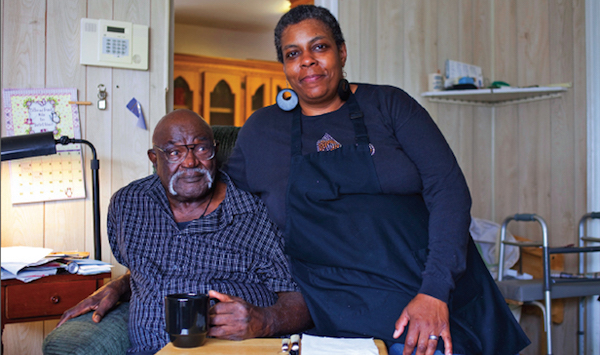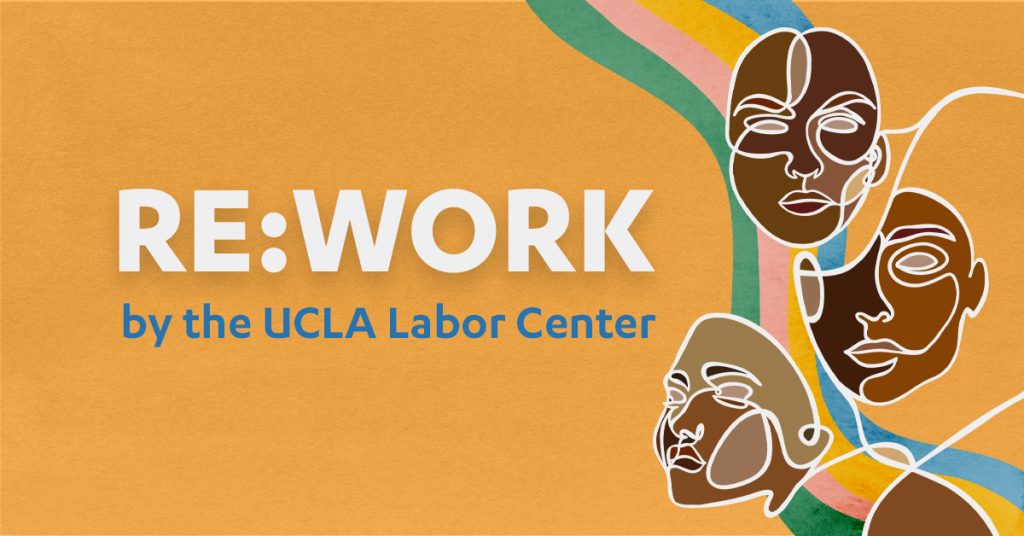
Home care is an indispensable part of American life and one of the fastest-growing sectors of the healthcare industry. As of 2015, half a million Californians employed homecare workers. Medical advances and a shift away from institutional care have led to a growing need for home care support. Home care consists of assistance with a number of personal care tasks, such as dressing, bathing and eating. Home care allows seniors and people with disabilities to live in their own homes and communities, rather than nursing homes or other facilities. It allows individuals to “age in place”, maintain self-determination and remain independent. The homecare industry is facing a crisis stemming from problems of unaffordability, insufficient government support, and challenging work conditions that have led to a shortage of workers. These challenges have given rise to low wages or reduced hours and a high turnover employment rate.
Drawing its findings from surveys with 327 homecare employers, this report provides an understanding of homecare employers’ challenges, needs, and employment practices. It details how a lack of affordability and a shortfall in public homecare funding is affecting homecare employers and workers. A significant amount of homecare employers cannot afford all the hours of care they need, and must therefore live without all the services they need to live safely and independently.
Among other findings, this report finds:
- More than half (61%) of survey respondents receive government support yet, for many, this support falls short of their needs. 1 in 5 homecare employers receiving government funding still have to pay for a portion of worker’s wages.
- 39% of employers in our survey pay out-of-pocket for their care and almost a third do not have any financial recourse such as retirement, savings or long term insurance.
- The lack of sufficient funding and affordability impacts those providing the support. Almost half (48%) of home care employers pay low wages.
- Two thirds of employers would like to pay workers more but could not without further support such as additional government funding or tax breaks.
- Among employers who pay for some or all of the worker’s wages, 31% have a household income of less than $25,000 per year.
Report authors recommend expanding eligibility for government programs and providing subsidies for those that don’t qualify for public funding. The study calls for an end to the “institutional bias” that makes it easier to use Medicaid funding for nursing homes rather than for home care. Authors also recommend standardized procedures for setting employment terms, including sample contracts and legal checklists, and widened public awareness of these tools so that employers can more uniformly apply these standards.
This report was written in collaboration with the Pilipino Workers Center (PWC), Senior and Disability Action , and Hand in Hand: The Domestic Employers Network.
Related Links:
Truthout- With Medicaid and Health Care Under Attack, Home Care for the Aging Faces Crisis

